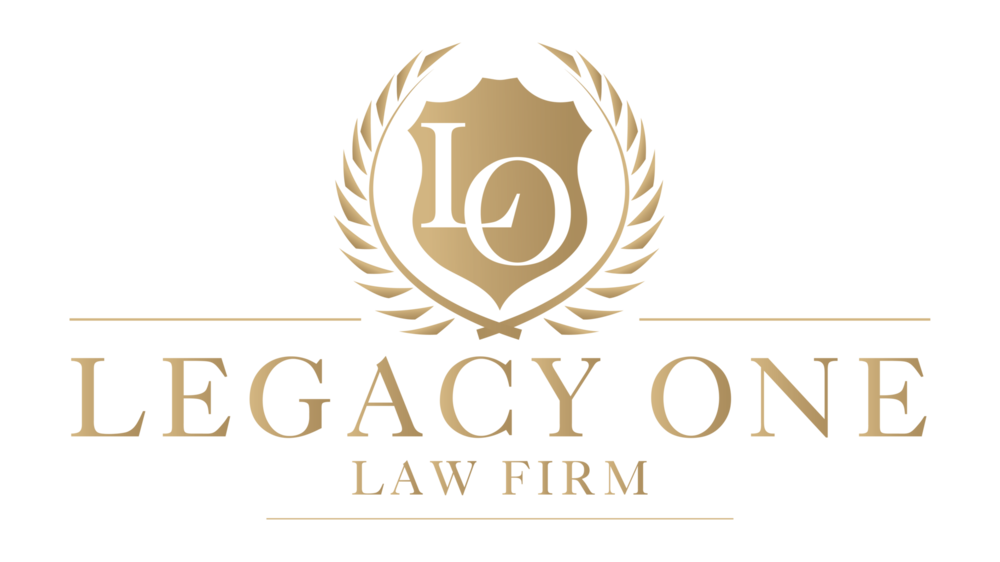If you have recently completed your estate plan, Kudos! But if you haven’t updated an estate plan, or worse, don’t have one at all, and haven’t reviewed retirement assets in years, your heirs may be in for some unpleasant surprises. The recent article from Whittier Daily News, “Are your retirement and estate plans at odds? Tips to fix that,” provides essential details.
Whatever directions you provide will not affect the beneficiary designations on your retirement accounts. You may have wanted your spouse to receive all your assets after your death, but this won’t happen if the named beneficiary is someone else, such as a child or former spouse.
Pension and other retirement plans are subject to a host of federal regulations. Upon death, pension funds typically go to a surviving spouse. The surviving spouse is not allowed to designate anyone else as the beneficiary, even if a part of the surviving spouse’s retirement plan is deemed community property in your state.
IRAs and pension funds require careful planning to ensure distributions align with your wishes. Federal law governing qualified retirement plans requires a married spouse's consent to name anyone else as a beneficiary. Suppose the estate planning goal is to have the assets in the retirement account pass to biological children, not the spouse. In that case, an updated beneficiary designation form and the correct spousal release forms must be updated. A pre- or post-nuptial document will not suffice for this to be enforceable.
This is why all accounts or assets where beneficiaries can be named need to be reviewed whenever an estate plan is created or revised. This issue becomes particularly critical for blended families.
Suppose your trust contains language leaving retirement assets to your children. In that case, even if it contains great detail about the accounts and how you’d like the assets to be distributed, it won’t matter if the beneficiary designation names another person.
Trusts need careful construction to prevent children from being disinherited. Often, the answer is to have a single trust designed to “split” into two trusts upon the first spouse's death. These are known as “A/B” trusts. The surviving spouse’s share is held in Trust A, while the decedent’s share of the trust is held in Trust B and accessible to the surviving spouse. When the second spouse dies, whatever assets are held in Trust B are distributed to the stated beneficiaries. Other estate planning solutions are available when concerns about the surviving spouse arise within the trusts.
A final note: if you fail to complete beneficiary designation forms for retirement plans, the assets may need to go through probate. Distribution of the retirement plan assets will be governed by the retirement plan document, which includes language for a default beneficiary. Usually, the default beneficiary is your estate.
Consult with us today to ensure that your estate plan and retirement plan work together to achieve the desired results.



